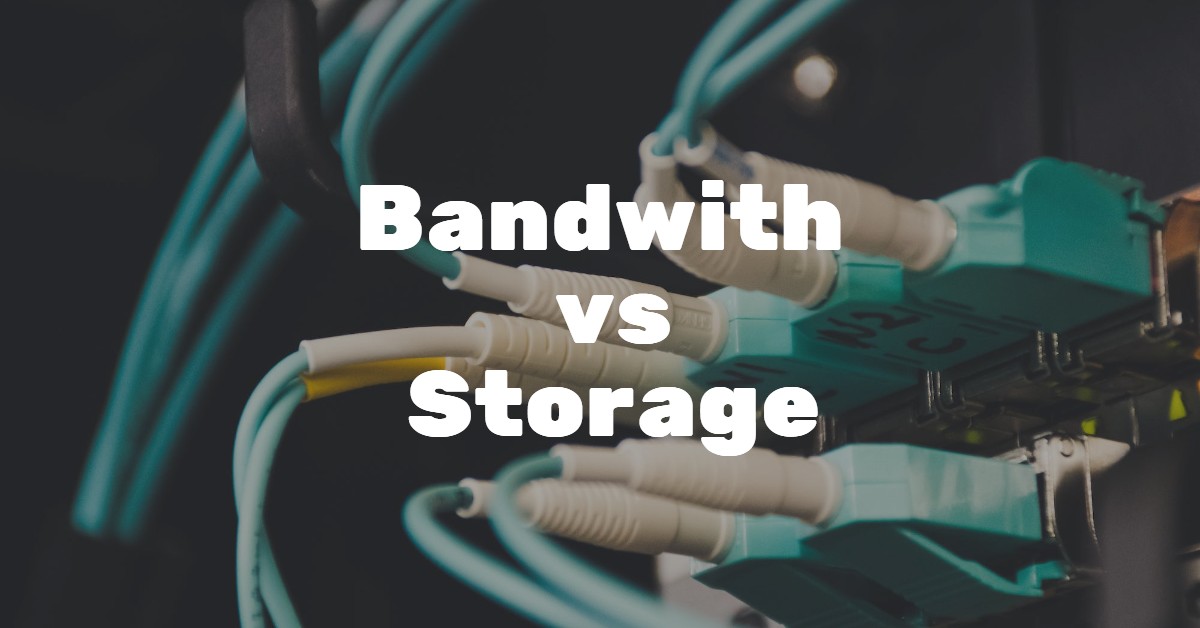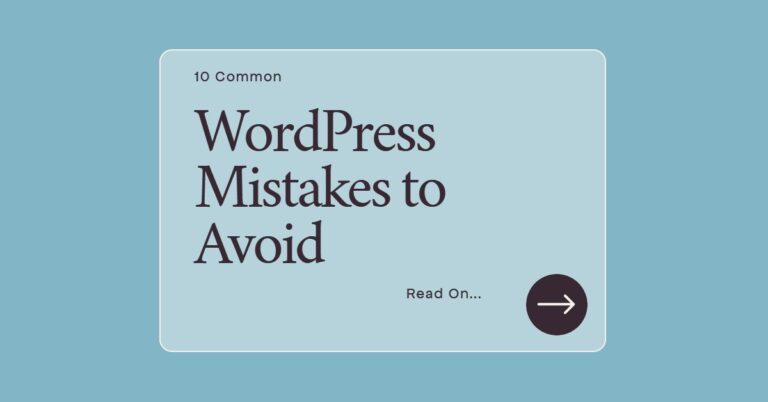Understanding Bandwidth and Storage: How Much Do You Really Need?

When it comes to building websites, it’s important to understand the concepts of bandwidth and storage. Bandwidth refers to the amount of data that can be transferred between a website and its visitors over a period of time, and storage refers to the amount of data that a website can store on its servers. This post will give you some tips on how to look at the difference between bandwidth and disk space and determine how much of each you need for your website.
Bandwidth
Bandwidth is a term that’s commonly used in the context of internet connectivity, but it can be a confusing concept for those who are new to website development. Think of bandwidth as a water pipe that connects your website to the internet. Just as a pipe has a certain capacity for the amount of water that can flow through it at any given time, your website’s bandwidth has a limit for the amount of data that can be transferred between your website and its visitors.
To illustrate this concept, let’s consider an analogy. Imagine you’re hosting a party and you’ve set up a punch bowl for your guests. The punch bowl represents your website, and the punch represents the data that’s being transferred between your website and its visitors. The size of the punch bowl represents the bandwidth of your website. If the punch bowl is too small, your guests will have to wait in line to get their punch, and the party will become slow and frustrating. Similarly, if your website’s bandwidth is too low, your visitors will experience slow loading times and poor performance, which can lead to a negative user experience.
Another way to think of bandwidth is to imagine a highway with a certain number of lanes. Just as a highway can only accommodate a certain number of vehicles at any given time, your website’s bandwidth can only accommodate a certain amount of data. If too many vehicles try to enter the highway at the same time, traffic jams occur, and the flow of traffic slows down. Similarly, if too many visitors try to access your website simultaneously, your website’s bandwidth can become overwhelmed, and your website may experience slow loading times or even crash.
To determine how much bandwidth your website needs, you’ll need to consider factors such as the number of visitors you expect to receive, the size of the files on your website, and whether you’re using a content delivery network (CDN) to cache your website’s content. By optimizing your website’s bandwidth, you can ensure that your visitors have a fast and responsive experience, which can help improve your website’s overall performance and user satisfaction.
To determine how much bandwidth your website needs, you need to consider the following factors:
Traffic
When it comes to website traffic, it’s important to consider the amount of visitors your website is likely to receive, as this can impact both your bandwidth and storage needs. If you’re running a small personal blog, for example, you may not receive a high volume of traffic, and you can likely get by with a lower bandwidth and storage capacity. However, if you’re running a large e-commerce site or a popular news website, you may need much more bandwidth and storage to handle the volume of traffic you receive.
According to 2022 survey by WordPress, the world’s most popular content management system (CMS), the majority of WordPress sites receive less than 1,000 visitors per month. However, this number can vary widely depending on the niche and purpose of the website. For example, a personal blog or hobby site may receive only a few dozen visitors per month, while a popular news website or e-commerce site can receive tens or even hundreds of thousands of visitors per day.
If you’re not sure how much traffic your website is likely to receive, you can use online tools such as Google Analytics to track your website’s traffic and visitor behavior. Or you can use a new tool MonsterInsights. This can help you determine how much bandwidth and storage your website needs to handle your current traffic levels, as well as any potential growth in the future.
Most commonly, higher traffic websites such as e-commerce sites, news sites, and online marketplaces require more bandwidth and storage to handle the volume of traffic they receive. These types of websites typically have a large number of visitors accessing multiple pages, images, and videos, which can quickly add up in terms of bandwidth and storage requirements.
On the other hand, smaller websites such as personal blogs, portfolio sites, and small business websites may require less bandwidth and storage, as they typically receive lower levels of traffic and have fewer pages and multimedia content.
Determining the ideal amount of bandwidth and storage for your website is a multifaceted decision that hinges on several critical factors. These factors include your website’s primary function, its niche, and anticipated traffic levels. By thoughtfully weighing each of these variables, you can choose a hosting plan that equips your website with the necessary resources to deliver a swift, responsive, and dependable user experience for your site visitors.
File Size
The size of the files on your website also plays a significant role in determining how much bandwidth you need. Larger files, such as videos and high-resolution images, require more bandwidth to transfer than smaller files, such as text.
Content Delivery Network (CDN)
A content delivery network (CDN) can help reduce the amount of bandwidth required to deliver your website’s content. CDNs work by caching your website’s content on multiple servers around the world, so that visitors can download the content from a server that is geographically closer to them. This can help reduce the time it takes for your website’s content to load and reduce the amount of bandwidth required to transfer the content.
Storage
Storage refers to the amount of data that your website can store on its servers. This includes all the files that make up your website, such as images, videos, and text. When someone visits your website, their browser downloads these files from your server.
To determine how much storage your website needs, you need to consider the following factors:
Size of website
The size of your website is one of the most important factors in determining how much storage you need. Larger websites with more content require more storage space than smaller websites.
File size
The size of the files on your website also plays a significant role in determining how much storage you need. Larger files, such as videos and high-resolution images, require more storage space than smaller files, such as text.
Backups
It’s important to have regular backups of your website, as this can help protect against data loss. However, backups also require storage space. You’ll need to factor in the amount of storage space required for backups when determining how much storage your website needs. Use UpdraftPlus to backup your website weekly. It’s free.
Conclusion
Building a website requires a sound understanding of the concepts of bandwidth and storage. Before determining the amount of bandwidth and storage your website requires, several variables such as website size, file size, and expected traffic need to be taken into account. These requirements may fluctuate as your website evolves and expands, making it necessary to assess your bandwidth and storage needs periodically. This ensures that your website provides a seamless and dependable user experience for your visitors, with swift loading times and fast response rates.




